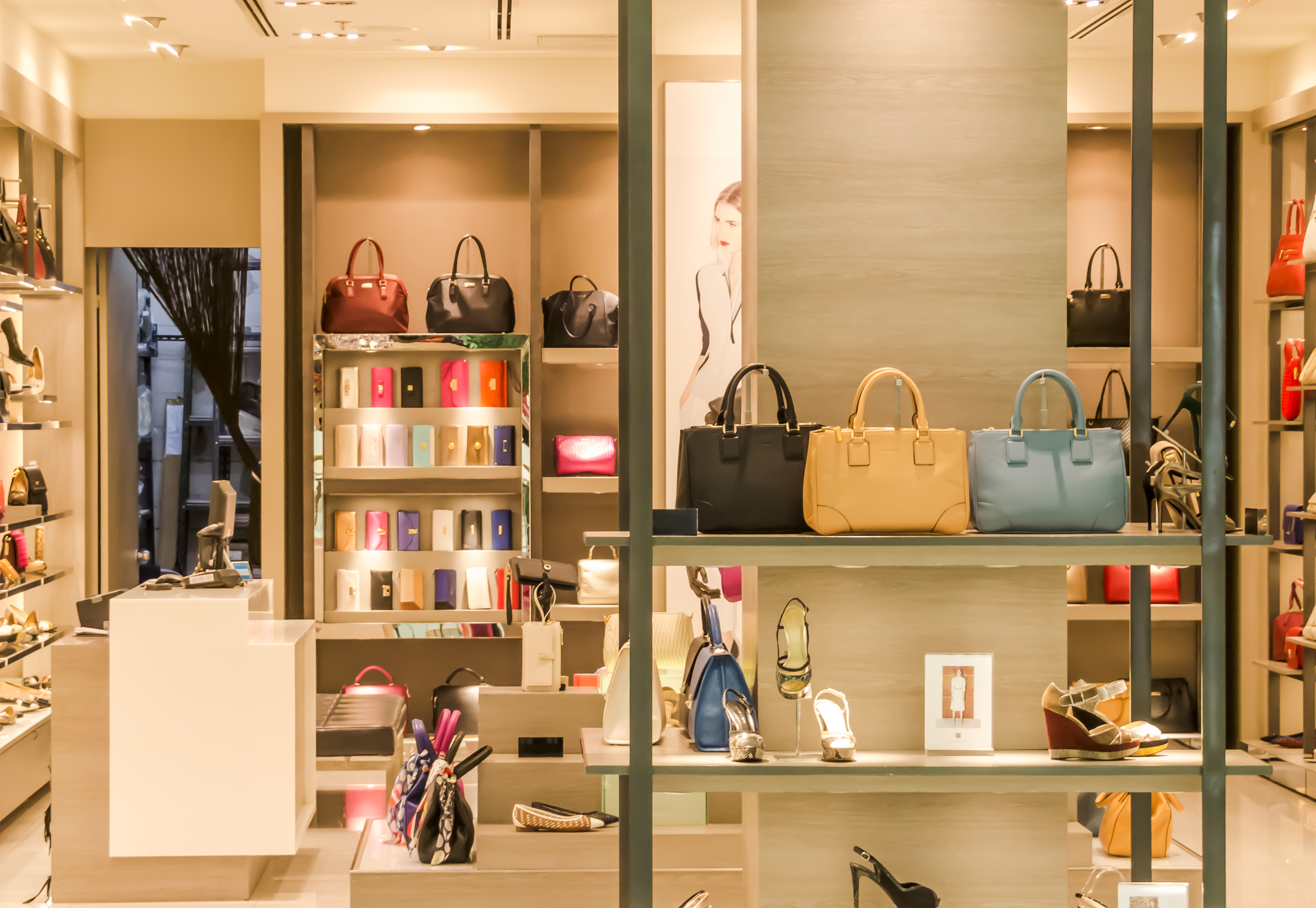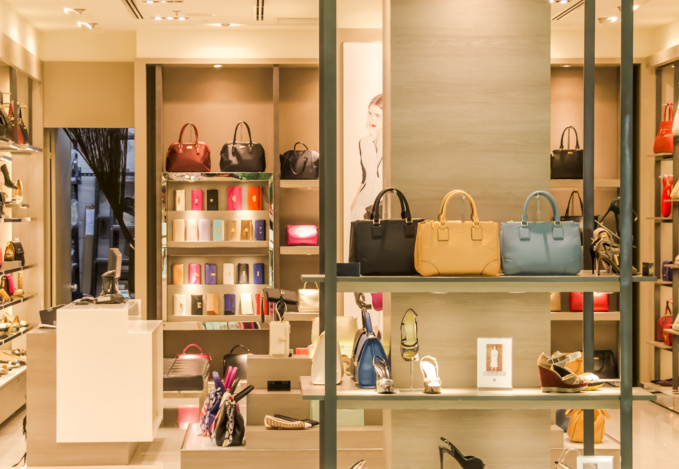The main growth promoting factors were tourism and travel: almost half of all luxury goods are bought by travelers - either abroad (31%) or at airports (16%). At the same time, consumers of developed markets prefer to make expensive purchases in their countries of residence (59% against 41% in developing countries) and less often abroad (26% and 40%) and in duty free (15% vs. 20%). Delloitte explains this by the fact that the assortment of luxury goods and brands in young markets is much inferior to traditional markets. In addition, level of prices for identical goods varies significantly from country to country. Chinese stores offer most expensive luxury goods, and France and Italy, the homelands of leading luxury brands, boast with the lowest prices. Price for the same product in China and in France can differ from 20% to 70%. Sellers of watches and jewelry set the largest commission.
In addition, regional markets for luxury goods are sensitive to fluctuations in the national currency. In response to depreciation of the pound against the dollar after the Brexit referendum, luxury brands raised prices for their products by 5%, while appreciation of the ruble in 2016 led to a price decrease of 11%.
In general, sales of one hundred of the largest luxury brands amounted to $ 212 billion in fiscal year 2015, which is 4.5% less than in 2016.
In general, luxury goods manufacturers are going through hard times. Net profit of Swiss concern Richemont, the owner of the brands Cartier, Piaget and Montblanc, fell by 46% to 1.2 billion euros for the last fiscal year (March 31, 2016 - March 31, 2017).
Revenue for the same period fell by 4% to 10.6 billion euros. Demand for expensive watches has greatly decreased. Sales of Piaget, IWC and Jaeger leCoultre fell by 15%., Richemont closed 38 boutiques in the period from March 2016 to March 2017.
As Der Spiegel writes, it’s all about policy of the Chinese government aimed at combating corruption. The Chinese are now afraid to buy luxury goods in large quantities. Cartier even had to buy back a huge batch of unrealized watches from warehouses in Hong Kong and Macau. In addition, Chinese tourists, who used to like shopping in Europe, are now afraid to visit the Old World because of the threat of terrorist attacks.
The export of Swiss watches has been falling for the second consecutive year. Shipments declined by more than 10% to $ 2.7 billion in 2016, which was the worst indicator in history. The industry representatives said they are alarmed that time can stop for many elite brands and another wave of cuts is coming.
source: finchannel.com, spiegel.de
In addition, regional markets for luxury goods are sensitive to fluctuations in the national currency. In response to depreciation of the pound against the dollar after the Brexit referendum, luxury brands raised prices for their products by 5%, while appreciation of the ruble in 2016 led to a price decrease of 11%.
In general, sales of one hundred of the largest luxury brands amounted to $ 212 billion in fiscal year 2015, which is 4.5% less than in 2016.
In general, luxury goods manufacturers are going through hard times. Net profit of Swiss concern Richemont, the owner of the brands Cartier, Piaget and Montblanc, fell by 46% to 1.2 billion euros for the last fiscal year (March 31, 2016 - March 31, 2017).
Revenue for the same period fell by 4% to 10.6 billion euros. Demand for expensive watches has greatly decreased. Sales of Piaget, IWC and Jaeger leCoultre fell by 15%., Richemont closed 38 boutiques in the period from March 2016 to March 2017.
As Der Spiegel writes, it’s all about policy of the Chinese government aimed at combating corruption. The Chinese are now afraid to buy luxury goods in large quantities. Cartier even had to buy back a huge batch of unrealized watches from warehouses in Hong Kong and Macau. In addition, Chinese tourists, who used to like shopping in Europe, are now afraid to visit the Old World because of the threat of terrorist attacks.
The export of Swiss watches has been falling for the second consecutive year. Shipments declined by more than 10% to $ 2.7 billion in 2016, which was the worst indicator in history. The industry representatives said they are alarmed that time can stop for many elite brands and another wave of cuts is coming.
source: finchannel.com, spiegel.de



















